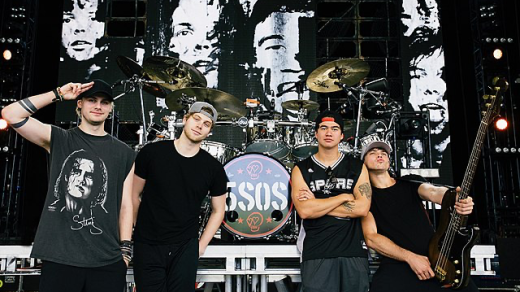Every day I listen to music. No exception. Every. Single. Day. Ever since when I was little I loved listening to music. I have had discmans, the earliest MP3-players, the IPod… The evolution of these devices was seen up close by the backpockets of my pants. Nowadays, I mostly listen to music on my phone, and when I was thinking of what I should write about this week I thought: Why not write about an application that I use every single day without exception? The application that I am talking about is considered “as the solution to problems caused by recent decades of digital disruption within the music and media industries.” (Fleischer and Snickars 2017, 130). The application that I am writing about today is Spotify.

“What is a Spotify?”
“Asking Google the search question “What is a Spotify?” returns a snippet from Wikipedia: “Spotify is a music, podcast, and video streaming service, officially launched on 7 October 2008. It is developed by start-up Spotify AB in Stockholm, Sweden” (Wikipedia 2017).”
Fleischer and Snickars 2017, 133
Looking at this quote, we now know that Spotify started in 2008 and that Spotify is a service (and that it is Swedish, like IKEA). But what does this ‘service’ idea actually mean? As it turns out, “a Spotify” is super difficult to actually define. Spotify states that it originated with the idea of piracy protection. Spotify started out initially as a tech company that offered record companies solutions for their piracy issues (Fleischer and Snickars 2017, 133). But then, for me at least, the question arises: How did a tech company that was focused on piracy issues able to turn itself into the biggest free streaming service?
When looking further into the history of Spotify, as the authors of the following article have done, it turns out that, in the beginning, Spotify was not at all aimed at preventing piracy. The original aim was to create a peer-to-peer network platform for easy media sharing (Fleischer and Snickars 2017, 137). In other words: “Spotify was to make music free but legal, available to consumers at no cost, while advertising provided all revenues”
(Fleischer and Snickars 2017, 137). In my opinion, it is quite a stretch for this company to primarily claim that they are preventing piracy, while their ‘hidden agenda’ is essentially exactly that but then legal. (Ironically, according to the article, one of the first tracks on the Spotify application was actually acquired from Pirate Bay.(137)) Spotify managed to turn the revenues that would normally come from royalties into revenues from advertisements, and later with Spotify Premium also from monthly subscriptions.
Now that we briefly glanced at Spotify’s history and know that it was aimed to be a network for easy media distribution, the partnership that the company has with Facebook can be put in a different light. Facebook, as an online social network, would be imperative to Spotify’s easy media distribution network. Spotify turned from an individual music player into a connected music interface where people can see what their friends are listening to as well. When this idea was introduced to the public Spotify did however receive quite the backlash. The public felt that their privacy was threatened by the new interconnectedness that the company introduced (Fleischer and Snickars 2017, 138-9). One could argue that for the Swedish company, including Facebook was fundamental for the company’s growth.
Another feature that Spotify is well-known for nowadays are the playlists that it provides for you. After the Facebook partnership was established Spotify managed to acquire Tunigo in 2013.
“Tunigo offers the easiest and most fun way to find, create, and share new music and playlists on Spotify. With Tunigo you will discover specific music for all occasions, grouped by the real events of your life.”
Crunchbase, 2018
Tunigo and a later partnership with The Echo Nest added music intelligence to the company (Crunchbase 2018). Several algorithms combined with the additions of local offices and Facebook information provided Spotify with a formula that would give people personal playlists based on their preferences and location (Fleischer and Snickars 2017, 137-139). The interface of Spotify changed again, as people could simply listen, and not actively search for music one song at a time.
Looking at the complexity of this company, it is understandable that not everyone knows why and how Spotify works. Personally I think that it is impressive and ironic that a company that can hardly be defined in one category, and aimed to combat piracy is now one of the biggest in the realm of free music sharing. As a frequent user I can now appreciate the irony that I just learned and well, to be honest, I will definitely choose Spotify over Limewire any day.
References
- Crunchbase. 2018. “Tunigo.” Accessed on 06/10/2018.
https://www.crunchbase.com/organization/tunigo#section-overview - Fleischer, Rasmus and Pelle Snickars. 2017. “Discovering Spotify – A Thematic Introduction”. Culture Unbound: Journal of Current Cultural Research. Vol. 9, Issue 2: 130-145.



Recent Comments